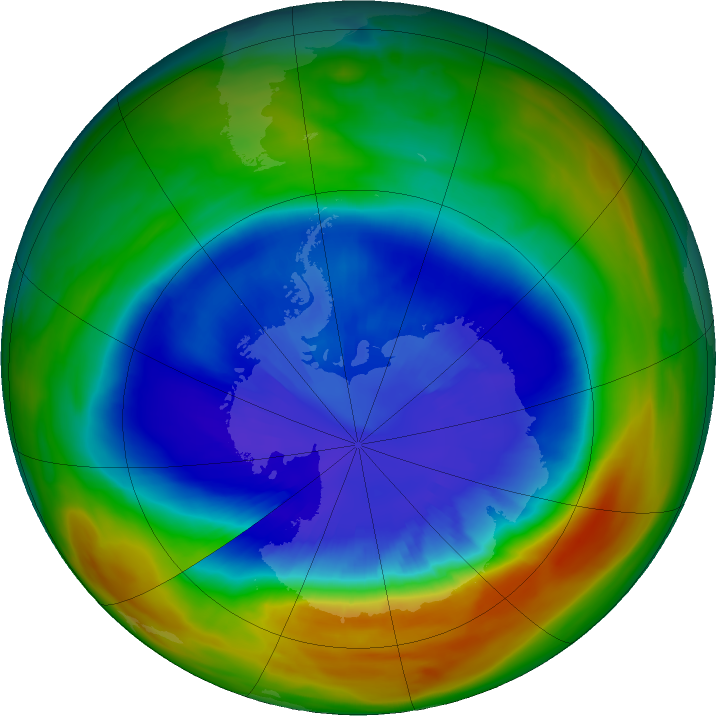Nasa finds warmer weather conditions helped make 2017 ozone hole smallest since 1988
In spite of this recovery, Nasa mentions that there is enough ozone depleting material in the atmosphere to cause significant damage.
The hole in the ozone layer is at its lowest since 1988 and warmer climates could be the reason behind reduced depletion of the protective layer in the Earth's atmosphere, Nasa has found.
The ozone layer's depletion reaches a peak around September to October every year when winter comes to an end in the southern hemisphere, says Nasa. Ozone depletion occurs during colder climates and this year, the hole was at its widest on 11 September and covered an area of 7.6 million square miles which, according to Nasa, is two and a half times the land area of the US.
By mid-September and through October, National Oceanic and Atmospheric Administration (NOAA) through its ground and balloon-based measurements found that the ozone began to recover. The peak depletion, even during the regular cycle was at a record low, it was found.
"The Antarctic ozone hole was exceptionally weak this year," said Paul A. Newman, chief scientist for Earth Sciences at Nasa's Goddard Space Flight Center in Greenbelt, Maryland. "This is what we would expect to see given the weather conditions in the Antarctic stratosphere."
The Antarctic stratosphere experienced an unstable and warm vortex ( a low-pressure system that rotates clockwise in the atmosphere above Antarctica), this year, says Nasa. This helped in reducing the number of clouds that are normally found in the lower stratosphere. Clouds in this region are the sites where chlorine- and bromine-catalysed reactions take place and they destroy ozone molecules. A lack of these clouds is one of the reasons why the ozone layer recovered strongly.
The Arctic Circle faces much less ozone depletion because of similar conditions that naturally occur there, notes Nasa.
Last year saw the smallest ozone hole on record for this same reason. The 2016 and 2017 records are caused by natural variability, Nasa said, adding that it is not a sign of rapid healing.
In spite of this recovery, the space agency mentions that there is enough ozone depleting material in the atmosphere to cause significant damage. That is why the current hole, though small by records, is actually large by 1980s standards.

The first time ozone depletion was noted in the South Pole region was in 1985. The hole forms as a result of the Sun's rays reacting with man-made chemicals like Chlorine and Bromine released into the air and during late winter time, it destroys ozone molecules.
The ozone layer is expected to return to its 1980 levels by the year 2070, says Nasa.





















